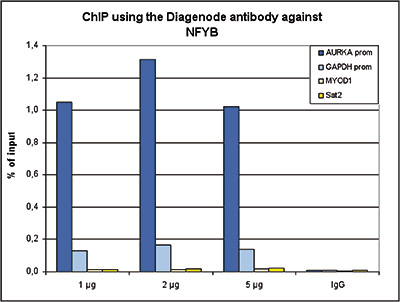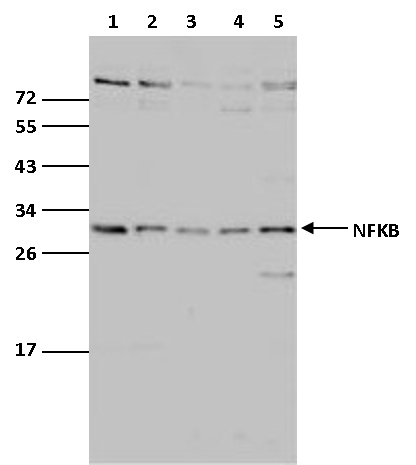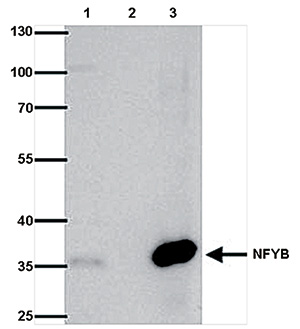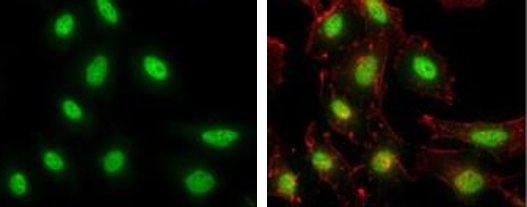NFYB (UniProt/Swiss-Prot entry P25208) is one of the 3 subunits of the ubiquitous transcription factor NFY. All three subunits A, B and C are required to form a NFY-DNA complex. There is a connection between mutant p53 gain of function, NF-Y transactivation and DNA damage.









